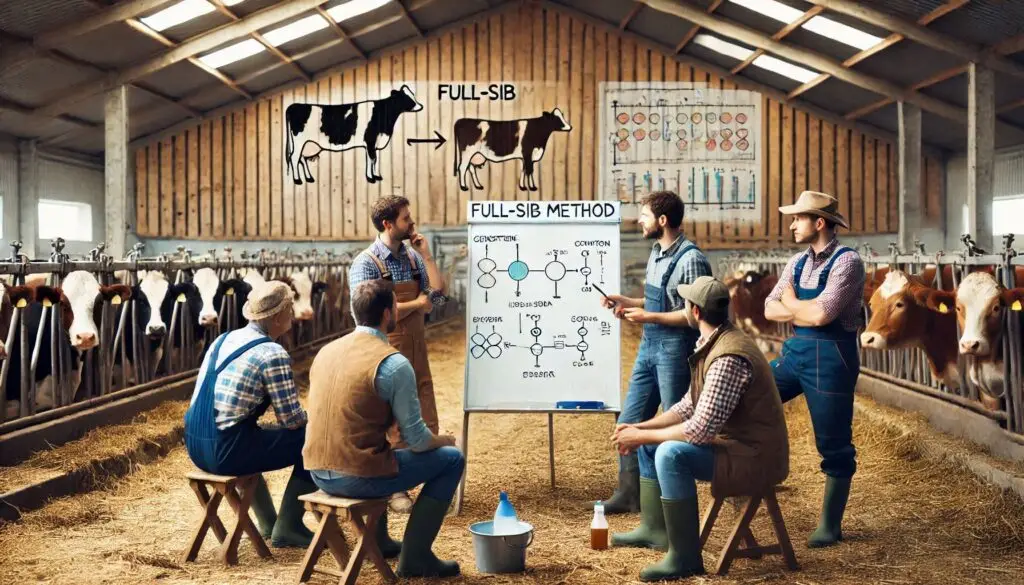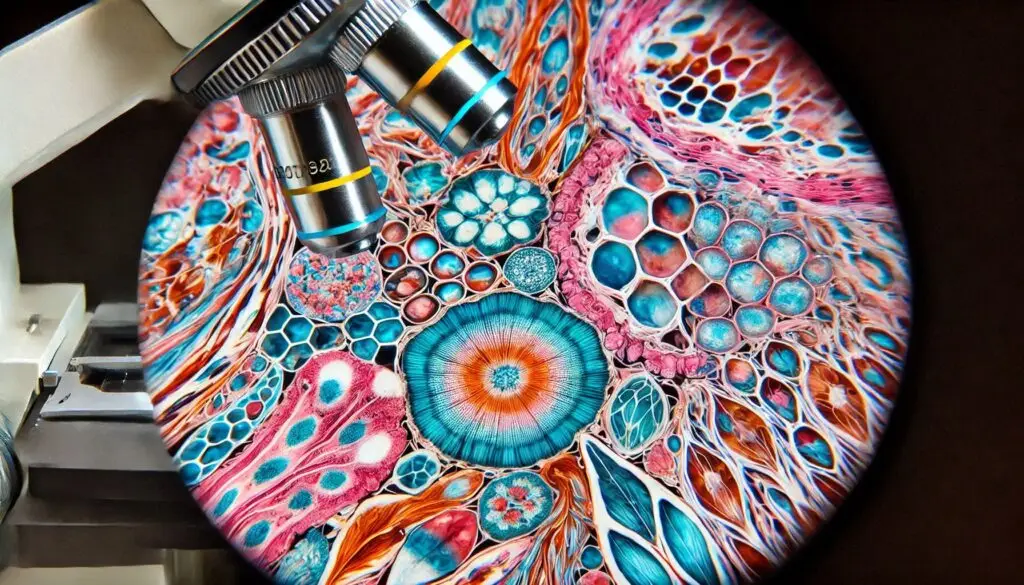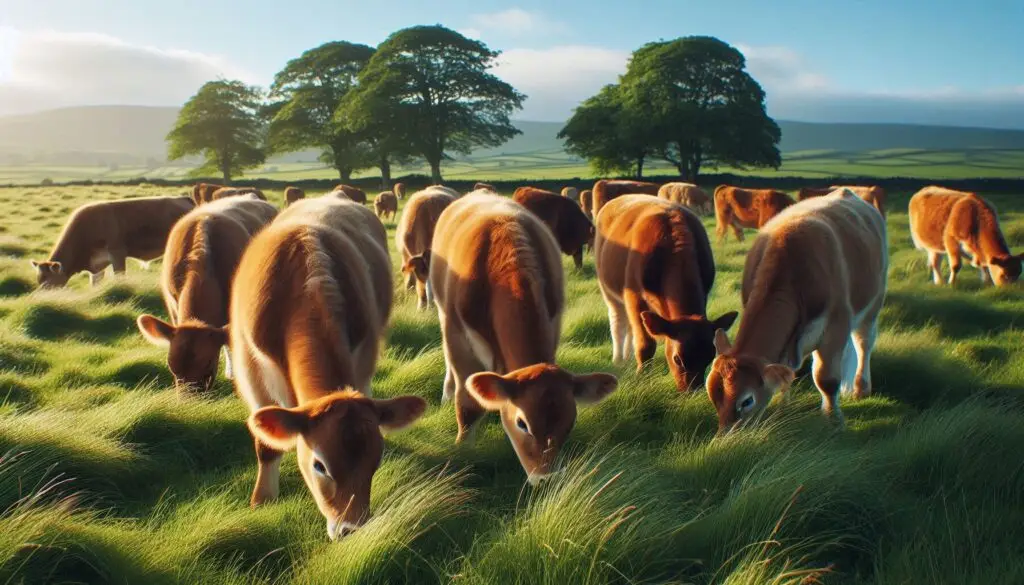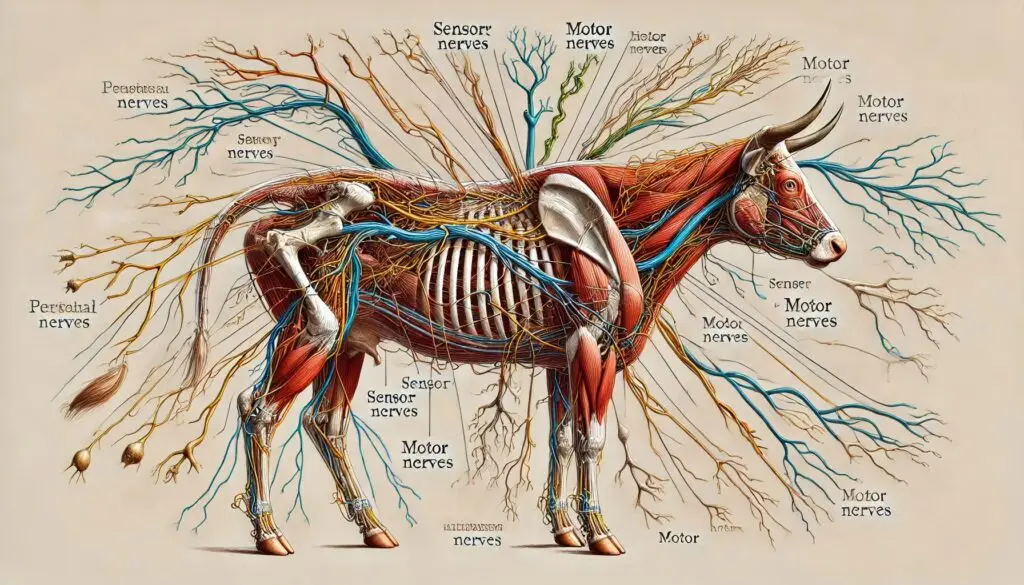Animal Poisoning

Poisoning occurs when animals ingest, inhale, or come into contact with toxic substances. It can lead to severe health issues and even death. Understanding different types of poisoning helps in prevention and timely treatment.
Causes of Poisoning in Animals
Pesticide Toxicity in Animals
Pesticides used to control pests can harm animals if ingested or inhaled. Livestock may be exposed through contaminated feed, water, or accidental ingestion. According to Cornell University, improper pesticide storage increases the risk.
Symptoms of Pesticide Poisoning
- Excessive drooling
- Tremors and seizures
- Breathing difficulties
- Weakness and paralysis
Treatment for Pesticide Poisoning
Immediate veterinary care is essential. Treatment includes:
- Removing the animal from the source
- Activated charcoal to absorb toxins
- Atropine to counteract nerve damage
- Supportive care with IV fluids
Heavy Metal Toxicity in Animals
Heavy metals like lead, mercury, and arsenic accumulate in animal bodies, leading to toxicity. According to Merck Veterinary Manual, contaminated soil and feed are common sources.
Symptoms of Heavy Metal Poisoning
- Neurological disorders (tremors, seizures)
- Weakness and weight loss
- Digestive issues like vomiting and diarrhea
Treatment for Heavy Metal Toxicity
- Chelation therapy to remove metals
- Vitamin supplements to reduce absorption
- Immediate veterinary intervention
Organo-phosphorus Poisoning in Dairy Animals
Organophosphates, found in insecticides, can cause severe poisoning in dairy cattle. Improper pesticide use, contaminated water, or accidental ingestion are major causes. National Pesticide Information Center explains that these chemicals inhibit acetylcholinesterase, leading to neurological damage.
Signs of Organo-phosphorus Poisoning
- Uncontrolled muscle twitching
- Respiratory distress
- Excessive salivation
- Weakness and collapse
Treatment for Organo-phosphorus Poisoning
- Atropine sulfate to block toxin effects
- Pralidoxime therapy to restore enzyme function
- Decontamination of skin and digestive tract
Nitrate Poisoning in Livestock
Excessive nitrate levels in feed or water cause poisoning. According to University of Minnesota Extension, drought conditions and over-fertilization increase the risk.
Symptoms of Nitrate Poisoning
- Blue mucous membranes
- Staggering and weakness
- Rapid, heavy breathing
- Collapse and sudden death
Treatment for Nitrate Poisoning
- Administering methylene blue intravenously
- Removing contaminated feed
- Providing alternative safe feed
Prevention of Poisoning in Animals
Safe Handling and Storage of Chemicals
- Keep pesticides and chemicals in locked cabinets.
- Follow recommended application guidelines from EPA.
- Dispose of chemicals properly to prevent contamination.
Monitoring Feed and Water Quality
- Test water sources for contaminants regularly.
- Avoid over-fertilizing pastures.
- Use quality-assured feed from reputable suppliers.
Immediate Action in Case of Suspected Poisoning
- Isolate the affected animal.
- Contact a veterinarian immediately.
- Provide first aid based on symptoms.
Conclusion
Animal poisoning is preventable with proper management and awareness. Timely intervention saves lives. Follow best practices for pesticide use, monitor feed quality, and seek veterinary help when needed.
For more pearls of Vets Wisdom:
Mesoderm






Responses